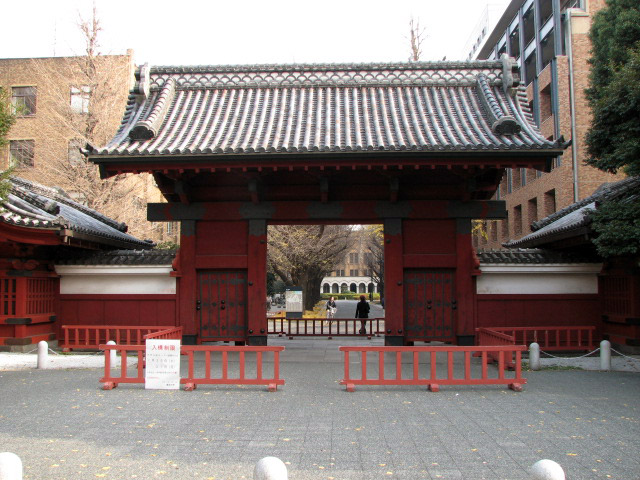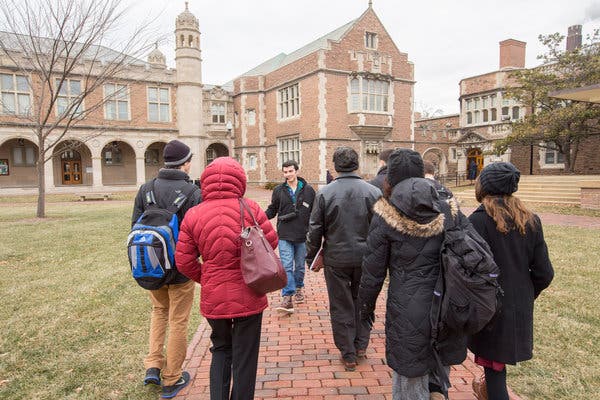
As a way to restart play, penalty kicks can be used. They allow one goal to be scored by a player, while the other goalkeeper defends it. The kick is awarded to any player who commits an offence which would normally result directly in a free kick. Two of the four penalties kicked during the 2010 World Cup were saved by goalkeepers.
Robert Lewandowski, one of the greatest penalty takers
Bayern Munich striker Robert Lewandowski is one of the most skilled penalty takers. He has never missed a penalty in three years and has a 92% conversion rate. But it's not as simple as just walking up to the spot and hoping that the best happens. To convert a spot kick, it takes practice and skill.
The Polish football star started his career at Borussia Dortmund and then moved to Bayern Munich. He has scored 308. goals and 39 penalties for the Bundesliga and is the history's second-highest penalty holder. He has also won several league titles with clubs and a number of domestic cup awards. He has twice won the Champions League.

Max Kruse is one the most skilled penalty shooters
Max Kruse is a German professional football player. Max Kruse is a German professional soccer player who plays for VfL Wolfsburg in the Bundesliga and is also a member the German national soccer team. Max is known for being a magician and has been called "mad Max" in soccer. Max is the league's best penalty kicker.
Max Kruse, a Wolfsburg player, scored nine goals last season and provided 12 assists in all competitions. After a decade with Werder Bremen, the German forward returned to the Bundesliga. He made his Bundesliga debut in 2006, and in 91 appearances, Kruse scored 35 goals and had 31 assists.
Before taking a penalty shot, goalkeepers glance at a piece.
There is a psychological explanation to the goalkeeper's attitude before taking a penalty. It resembles the classic optical illusion, wherein a person sees the target as being smaller than it actually is. The footballer may perceive his target smaller than it is. This can impact his performance.
Goalkeepers use their instincts before taking a penalty kick to judge where the striker is going to place it in the goal. They look for patterns and signs that indicate where the kick will be placed. However, it is difficult to judge strikers' intentions quickly.

During penalty kicks, goalkeepers must be within two goals of the other.
The goalkeeper in football must keep their feet on the ground and remain between the goalposts during penalty kicks. This is required under Law 14 (Interpretation of the Laws and Guidelines for referees). Before the kick can proceed, the referee has to first verify that the goalkeeper remains on the goal line. If he finds that the goalkeeper did not comply with this rule, he forfeits the penalty kick.
Penalty kicks will be awarded to teams that commit fouls in the penalty area. The penalty is awarded to the attacking team. They are sometimes controversial. However, penalties have become much simpler under the new rules. A new rule states that goalkeepers must keep their distance from the opposing goalposts during penalty kicks. This rule is intended to prevent goalkeepers rushing forward during penalty kicks, which could lead to unfair advantages for the opposing side.
FAQ
How much does homeschooling cost?
Homeschooling is free. There are no set fees. Some families charge between $0-$20 per lesson. Others offer their services free of charge.
However, homeschooling requires dedication and commitment. Parents should be able to dedicate enough time to their children.
They need to have access books, supplies, or other learning materials. Many homeschoolers have to make use of community programs and events in order to enhance their curriculum.
Parents must consider the costs associated with transportation, tutors, and extracurricular activities.
Homeschoolers should also plan ahead for vacations, field trips, and special occasions.
What is an alternative school?
An alternative school aims to allow students with learning difficulties to access education and provide them with support from teachers who are qualified to meet their needs.
Alternative schools are designed to give children with special education needs the chance to learn in a normal classroom setting.
Additional support is available if needed.
Alternative schools do not exist for students who are exclusion from mainstream schools.
They are open to all children regardless of ability or disability.
What exactly is a school of trade?
Trade schools can be an alternative for those who have not had success in traditional higher education to obtain a degree. They offer career-focused programs designed to prepare students for specific careers. These programs allow students to complete two years' worth of coursework in one semester. Then they can enter into a paid apprenticeship program that teaches them a specific skill set and provides on-the job training. Trade schools can include technical schools, community colleges and junior colleges as well as universities. Some trade schools also offer associate degree programs.
Statistics
- These institutions can vary according to different contexts.[83] (en.wikipedia.org)
- And, within ten years of graduation, 44.1 percent of 1993 humanities graduates had written to public officials, compared to 30.1 percent of STEM majors. (bostonreview.net)
- They are more likely to graduate high school (25%) and finish college (116%). (habitatbroward.org)
- Think of the rhetorical power of nineteenth-century abolitionist Harriet Beecher Stowe, Martin Luther King, Jr., or Occupy Wall Street activists with their rallying cry of “we are the 99 percent.” (bostonreview.net)
- They are also 25% more likely to graduate from high school and have higher math and reading scores, with fewer behavioral problems,” according to research at the University of Tennessee. (habitatbroward.org)
External Links
How To
Where can I find out more about becoming a teacher?
There are many teaching jobs available in public elementary and private schools.
You must complete a bachelor's program at one of these institutions before you can become a teacher:
-
A four-year college/university
-
Associate's degree program
-
Some two-year community college programs
-
The combination of these types of programs
To be eligible for teacher certification, applicants must satisfy state requirements. These include passing standardized tests and completing a probationary period of work experience.
Many states require applicants to pass the Praxis II test. This test measures the candidate’s knowledge in reading, writing mathematics, and language arts.
Many states require applicants to get a specialized license to teach in their state.
These licenses can be issued by the state's boards of education.
Some states grant licenses without requiring any additional testing. In such cases, applicants should contact their state's board for education to find out if it is possible.
Some states do not issue licenses unless the applicant has completed a master's degree program.
Others allow students to apply directly for licensure to the state board.
Licenses come in a variety of prices, lengths, and required coursework.
One example is that some states only require high school diplomas, while others require bachelor's degrees.
Some states require training in specific areas, such as literacy or child development.
Some states require that candidates receive a master's degree before becoming licensed.
Many states require teachers to provide information about their previous jobs when applying for certification.
You might mention that you have worked in another field on your application.
However, almost all states will accept work experience from any type of previous job.
Perhaps you would like to include your past job title, post, and years in service.
This information is often helpful to potential employers.
It shows them you have relevant skills.
While working, you may have learned new skills and acquired valuable work experience.
This can be displayed on your resume to future employers.